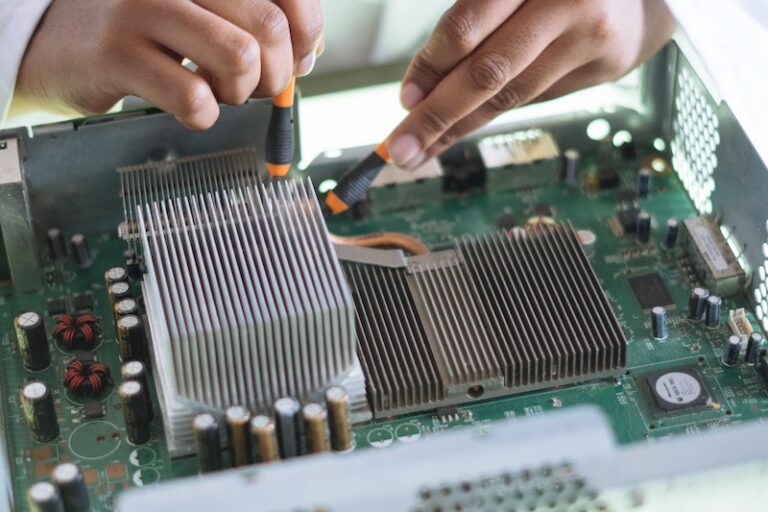Wi-Fi 5 vs Wi-Fi 6: What’s the difference?
Wi-Fi 6 (802.11ax) is the latest wireless protocol standard from the Wi-Fi Alliance.
Major Differences
| Wi-Fi 5 (802.11ac) | Wi-Fi 6 (802.11ax) |
|---|---|
| 5 GHz | 2.4 / 5 / 6 GHz |
| – | OFDMA |
| MU-MIMO (down only) | MU-MIMO (up & down) |
| – | Trigger-based Random Access |
| – | Spatial frequency reuse |
| Single NAV | Dual NAV |
| – | Target Wake Time |
| Static fragmentation | Dynamic fragmentation |
| Guard interval 0.4 µs or 0.8 µs | Guard interval 0.8 µs, 1.6 µs, 3.2 µs |
| Symbol duration 3.2 µs | Symbol duration 12.8 µs |
Why is Wi-F 6 Better?
There are several technical improvements over Wi-Fi 5.
Most notable is the bump up in data transfer speeds, especially when you have multiple devices on your Wi-Fi network.
Total throughput speeds are 4 x that what you’d get on Wi-Fi 5 when you have lots of devices accessing your network.
The nominal data rate, per device, is at most 37% faster. Latency is also down 75%.
The second is its ability to deal with other neighboring networks. Expect to have fewer issues in network congested places.
Wi-Fi 6 or Wi-Fi 6E
Wi-Fi 6E is not a new version, it’s the name given to devices that uses the 6 GHz band.
The higher the frequency band (2.4, 5, 6 GHz) the larger the data size can be transferred.
The downside to using a higher frequency is that the range is reduced.
So the 6 GHz band is best suited for close-range connections. The best results will be with devices in the same room as the Wi-Fi router.
Is it worth it?
Maybe. If your router is several years old, then yes.
Even if don’t have devices that are Wi-Fi 6 compatible, you may still benefit from the better capabilities.
Also, new devices (laptops, tablets, phones) that support Wi-Fi 6 are becoming more common.
Prices are coming down on Wi-Fi 6 routers and access points.
Summary of Wi-Fi Specifications
| Wi-Fi Alliance | IEEE 802 family | Release date | Frequency (GHz) | Max MIMO Streams | Stream data rates (Mbit/s) | Indoor Range |
|---|---|---|---|---|---|---|
| Wi-Fi 1 | 802.11b | Sep 1999 | 2.4 | N/A | 1, 2 | 35 m (115 ft) |
| Wi-Fi 2 | 802.11a | Sep 1999 | 5 | N/A | 1, 2, 5.5, 11 | 35 m (115 ft) |
| Wi-Fi 3 | 802.11g | Jun 2003 | 2.4 | N/A | 6, 9, 12, 18, 24, 36, 48, 54 | 38 m (125 ft) |
| Wi-Fi 4 | 802.11n | Oct 2009 | 2.4/5 | 4 | 288.8, 600 | 70 m (230 ft) |
| Wi-Fi 5 | 802.11ac | Dec 2013 | 5 | 8 | 346.8, 800, 1733.2, 3466.8 | 35 m (115 ft) |
| Wi-Fi 6 | 802.11ax | Feb 2021 | 2.4/5/6 | 8 | 1147, 2294, 4804, 9608 | 30 m (98 ft) |
Conclusion
If you’ve been having Wi-Fi performance issues and/or your router is a few years old, it’s probably time for you to upgrade.
Wi-Fi has come a long way and has become the standard in network connectivity.
It’s never going to be as fast as wired Ethernet but is now more stable than ever.



